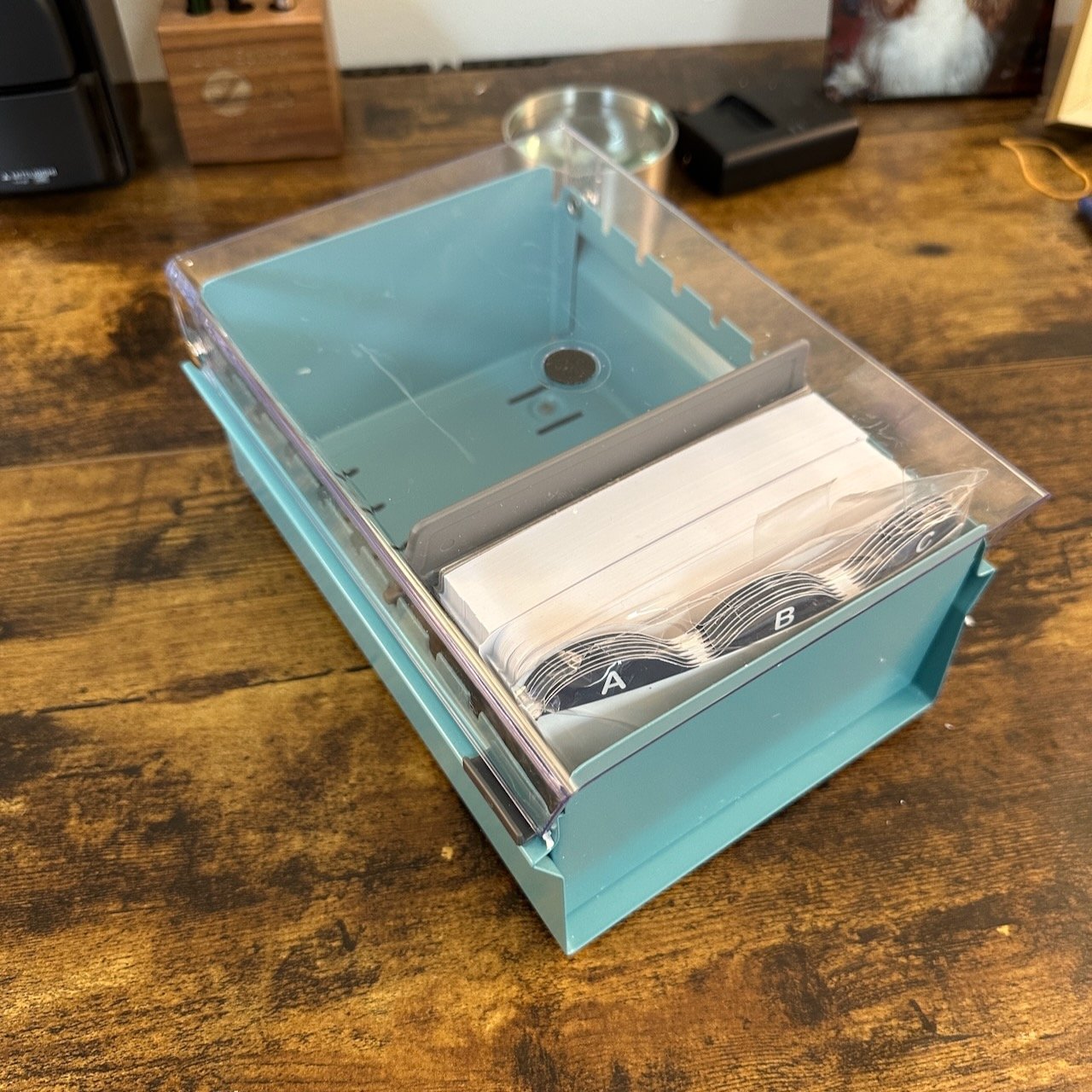We’ve had a huge blast of cold here in Tennessee. We only occasionally get “real” winter weather, but when it arrives it tends to cause trouble. So, it comes as no surprise that more than a few people have asked me for my recommendations about ordering ink in the winter. Namely, should you do it?
How much Should You Worry About Ink Freezing?
I’ve read many different takes on this question. There are people online who will tell you that they pause ordering ink entirely from December through April. Others (myself included) don’t pay much attention to the issue, as it will take a pretty significant, prolonged exposure to cold in order for most inks to freeze. But if that happens, there is a chance that a plastic cap, or the glass bottle itself in some cases, will crack as the frozen ink expands and make a huge mess as the frozen ink thaws.
The right answer here depends on your personal risk tolerance and the weather where you live. If the temperature in your area is well below freezing for multiple days (or weeks or months) at a time, I probably wouldn’t risk it. Your ink will likely sit in a postal service storage unit or non-climate-controlled truck prior to delivery, and this is where stuff tends to freeze. If you are worried about a specific ink selling out, or find yourself needing to place an ink order despite the weather, most retailers (us included) will hold ink upon request. Please call or e-mail to request such a hold - we simply can’t monitor the weather at every destination we ship to and the waypoints in-between, and if you order ink, we will ship it ASAP absent instructions to the contrary. The one exception is the weather here. If it’s below freezing and forecasted to remain that way for more than a day or two, we may hold ink orders until it warms up because we don’t want packages to sit in the cold at our shipping service waiting for collection. If this hold extends beyond our normal shipping time, we will reach out and let you know.
I’ve ordered a lot of ink over the years, and have had exactly one ink bottle freeze in transit. That’s a pretty good track record, so freezing ink isn’t something I tend to worry about too much. That said, if you live in a perpetually cold area (the Northeastern US, Canada, the Rocky Mountains), or the area you live in is experiencing a deep freeze, it may be wise to hold off until it warms up.
The internal wick shown here was filled with black fountain pen ink for almost a year, and still rinsed clean. I reloaded with Dominant Industry Romania Red.
Can You Clean the Tom’s Studio Lumos and Wren Fineliner Refills/wicks?
This is an easier question to answer: Yes, you can! I’m often asked how hard it is to change colors with the Tom’s Studio Lumos and Wren refillable fineliners, or whether you have to replace the cotton wick. Yesterday I swapped out the black ink that I had loaded into my Lumos and rinsed it completely clean. (See the photo above.) How did I do this? Simply submerge it in a sink full of water and squeeze it until it’s white again. Any non-permanent, water-based fountain pen ink should rinse out easily from both the cotton reservoir and the replaceable tips, though in this case the year-old fineliner tip I had been using was starting to wear down so I replaced it. If you want to rinse the tip, I’ve found that it works best if you hold it under the faucet and then dab the tip into a paper towel until all residual ink leaches out.
I hope you all have found these periodic “Q&A” sessions helpful. I’ve received a lot of positive feedback and have tried to keep doing them regularly. If there are questions you’d like me to answer, feel free to reach out via the Contact page or drop a comment.
The Gentleman Stationer is supported by purchases from the T.G.S. Curated Shop and the T.G.S. Patreon Program. If you’re in the Nashville area, you can now come pick my brain in person! You can view directions and up-to-date hours for our brick-and-mortar shop here.



